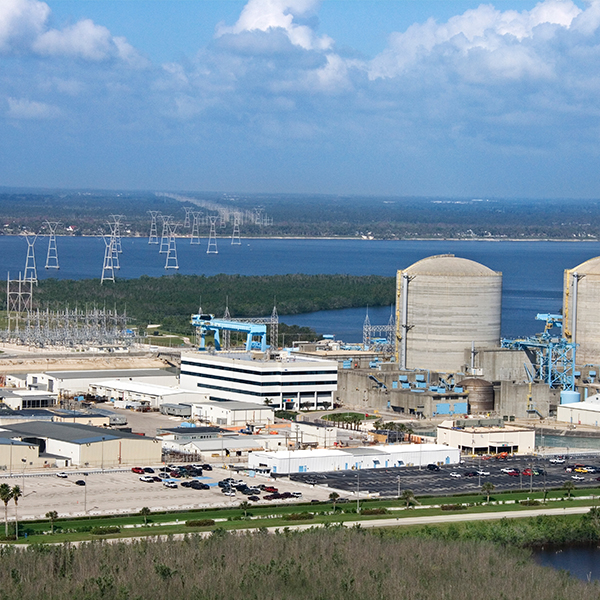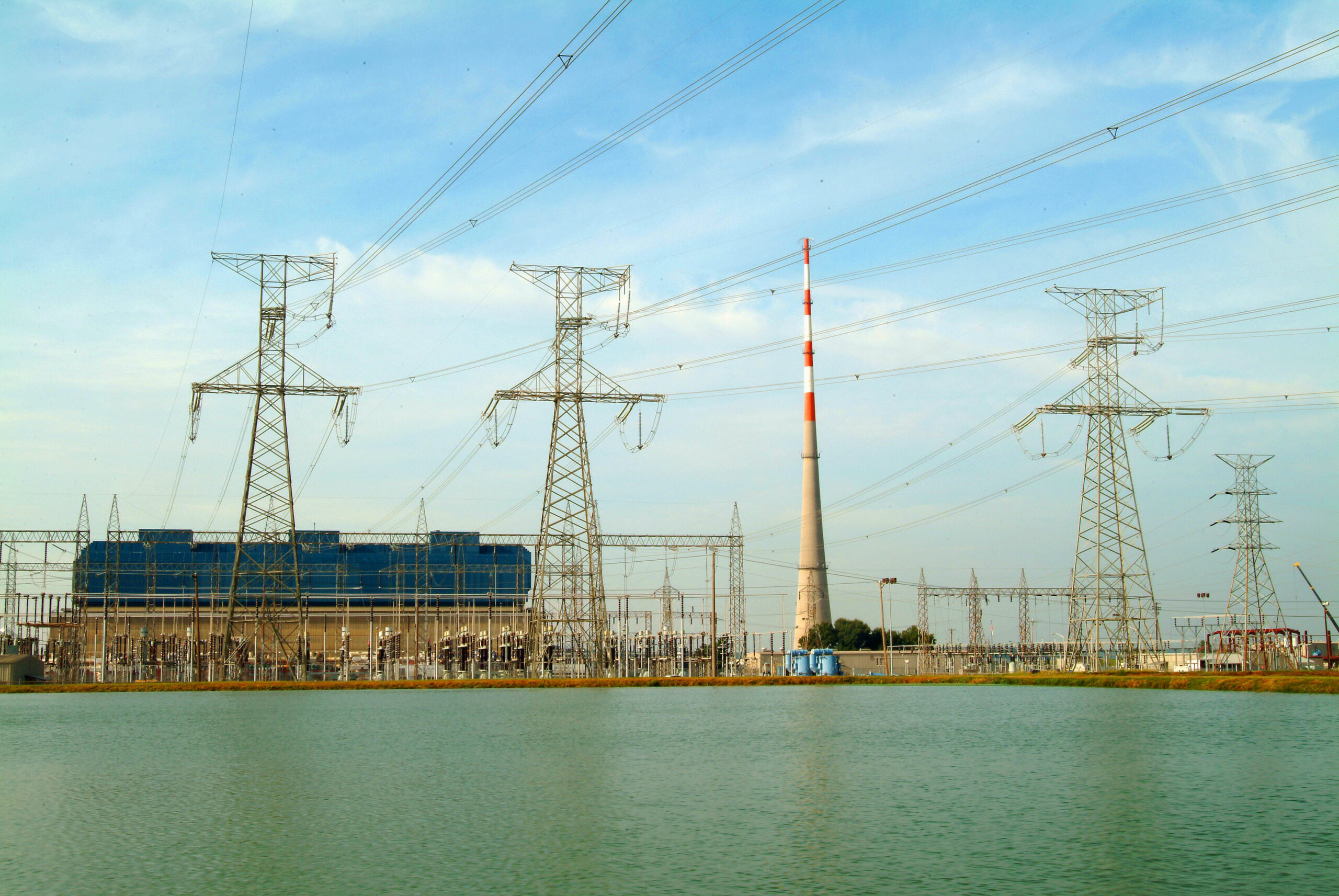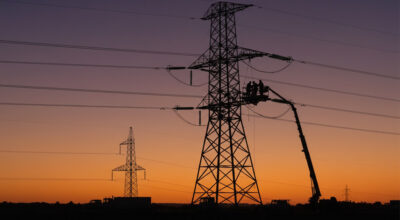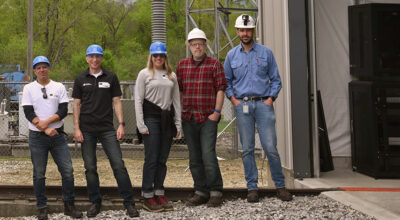The forecasted massive rise in energy demand, fueled by data centers and electric vehicles, demands a parallel rise in energy production and distribution. The resurgence of nuclear power sources greatly improves the energy production side. However, unless transmission lines can bring that added energy where it is needed, it will not reach its goal. This is where DLR (Dynamic Line Rating), a technology that optimizes transmission lines’ capacity, is the natural companion to increased energy output.
The Nuclear Energy Comeback
At its peak, the United States’ commercial nuclear power industry boasted 112 operating nuclear reactors. Many of those started operating in the 1970s and 1980s, usually with a 40-year license. Many were decommissioned when they reached the end of their operational life. Others were taken out of service for various reasons, but not fully dismantled. On the other hand, some reactor operating licenses were expanded.
Yet, to date, nuclear plants are producing only a fraction of the total available power.
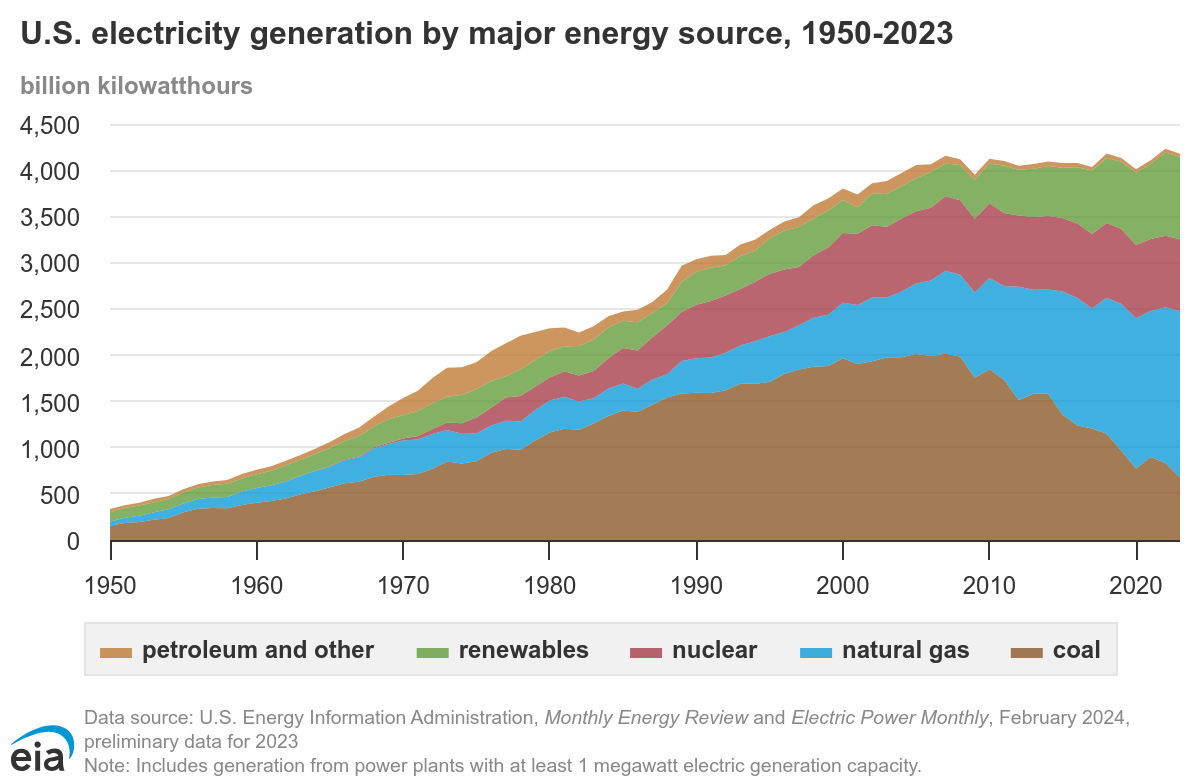
The Trump Administration’s recent Executive Order, “Unleashing American Energy”, aims at streamlining the regulatory burden for nuclear energy. With the renewed interest in nuclear power, former and existing nuclear power plants will be important in meeting the growing demand for electricity to power various energy-intensive industries.
The most famous one is the extension of the Duke Energy Oconee nuclear plant license. Oconee is the first nuclear plant in the world to receive an extension that will, in effect, give it an 80-year lifetime, or twice the initial one.
The Palisades Nuclear Plant in Michigan, for example, is set to restart in October 2025. It will be the first commercial nuclear reactor restart in the U.S.
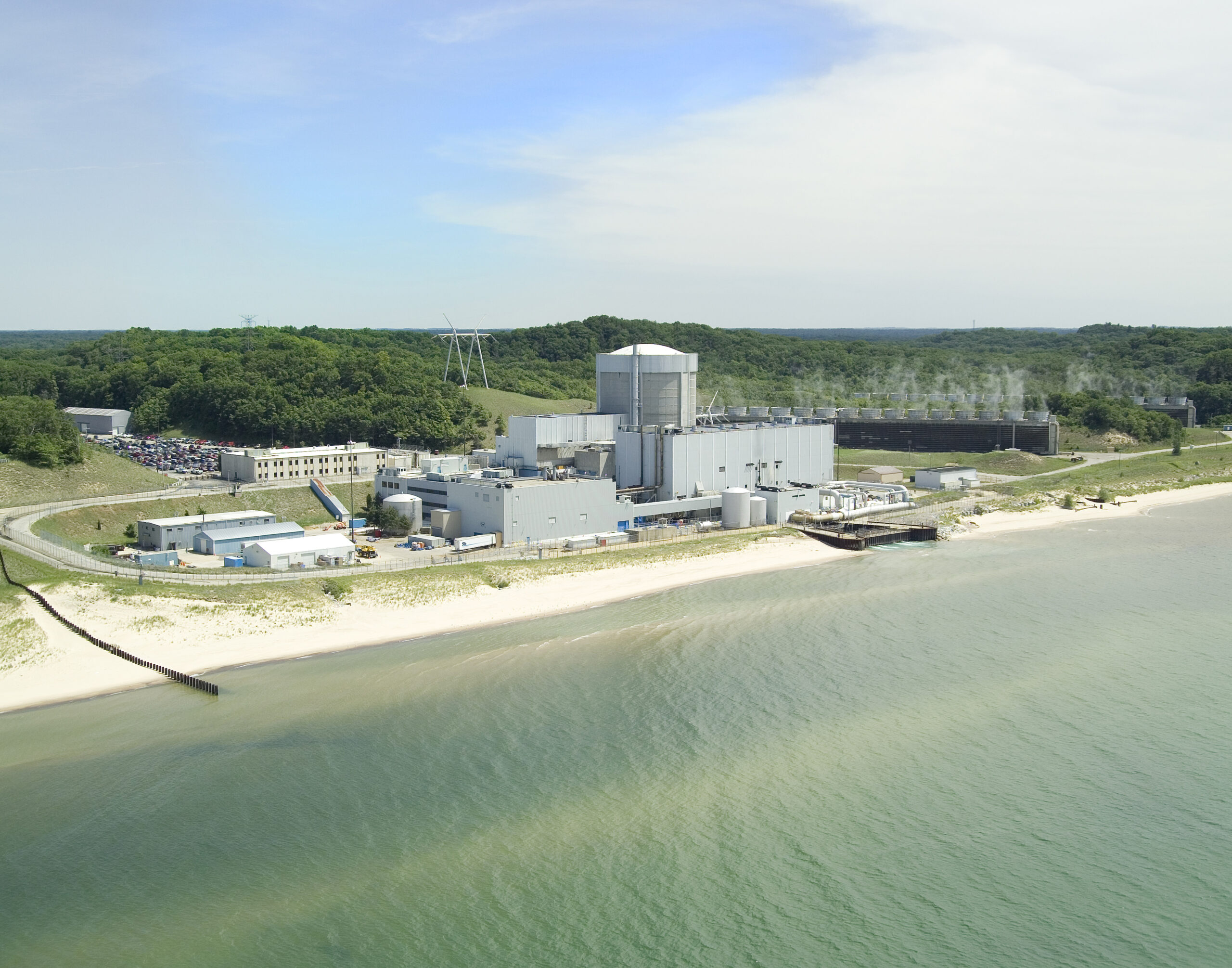 The Palisades Nuclear Plant (source: Nuclear Regulatory Commission)
The Palisades Nuclear Plant (source: Nuclear Regulatory Commission)
Other examples include Constellation Energy’s Three Mile Island Unit 1 (2028 target), NextEra’s Duane Arnold Energy Center in Iowa are also being considered for restart, adding over 2,200 MW to the grid.
What’s Fueling the Nuclear Revival?
Energy Security and Reliability: Nuclear power delivers stable, around-the-clock electricity that doesn’t depend on weather or time of day. As the grid incorporates more intermittent renewables like solar and wind, nuclear provides the firm, dispatchable capacity needed to maintain stability and reliability. It also reduces dependence on fossil fuels, which are increasingly subject to geopolitical risks and market volatility.
Economic Viability: Refurbishing or recommissioning existing nuclear plants is often significantly more cost-effective than building entirely new generation facilities. Many of these plants already have grid interconnections, water access, and regulatory history in place, allowing for faster restarts. Federal incentives and policy support further improve the economics, while large industrial customers and data centers are increasingly willing to pay a premium for reliable, low-carbon baseload power.
Climate and Decarbonization Goals: Nuclear energy is one of the few proven sources of carbon-free, baseload electricity. As countries and utilities commit to net-zero targets, nuclear is being re-evaluated not as a stopgap, but as a strategic enabler of long-term climate objectives. Its ability to deliver high-output power without emissions makes it a natural complement to renewables in any decarbonization roadmap.
A New Kind of Demand: Concentrated, Unpredictable, and High-Stakes
Data Centers and AI:
Data centers are now the primary source of load growth on the grid. The rapid expansion of cloud infrastructure and AI training, driven by large language models like ChatGPT and Gemini, requires uninterrupted, high-density power. These facilities are often clustered near fiber routes, available land, and cheap, clean power. Nuclear’s steady baseload profile makes it a natural fit. Read our former blog post on that.
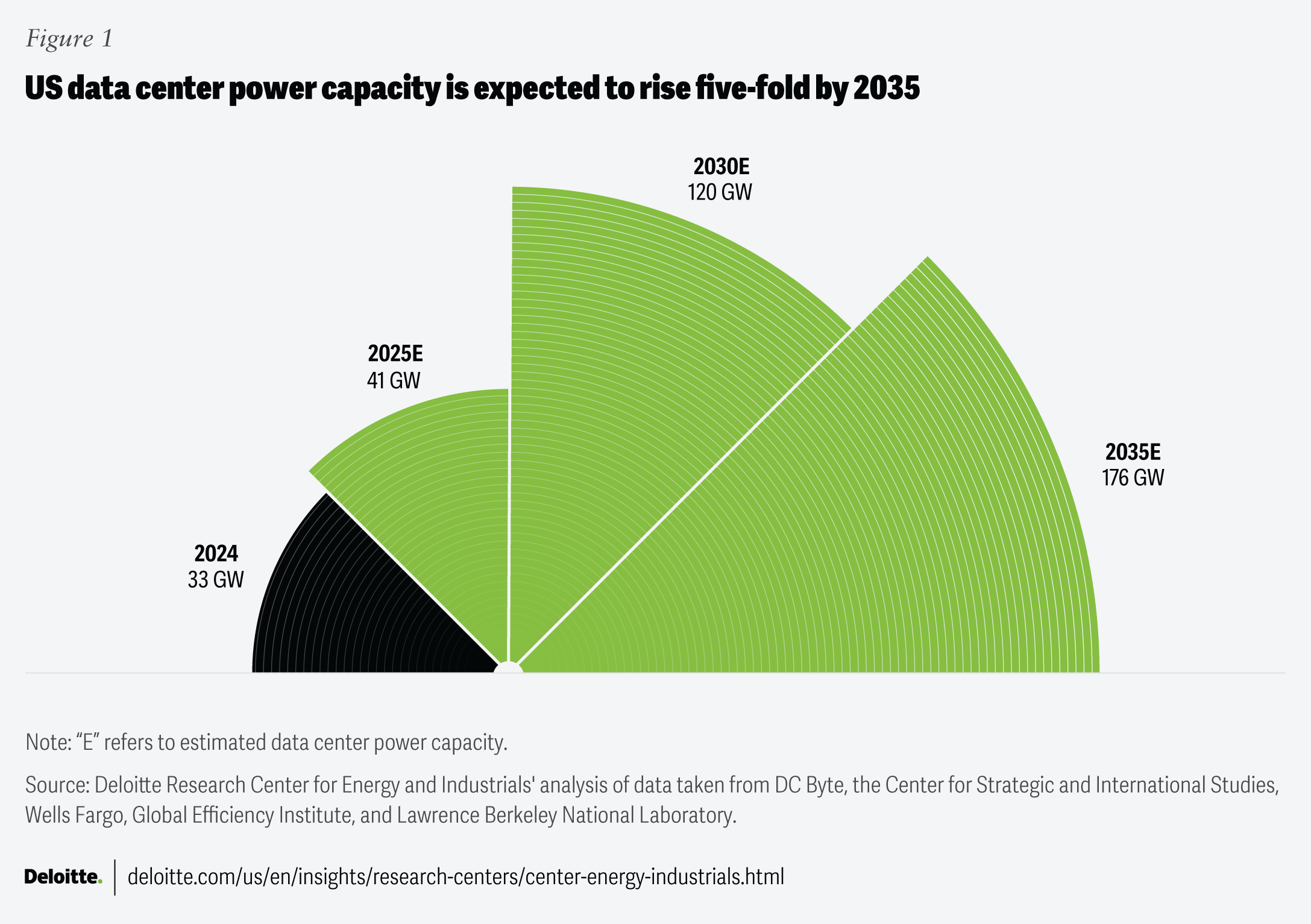
EV Adoption and Transportation Electrification:
The electrification of transport is adding a substantial load to the grid, especially at the distribution edge. Residential charging, highway fast-charging networks, and electrified fleets all contribute to new, round-the-clock power demands that didn’t exist a decade ago.
Load Uncertainty:
While the trend is clear and demand is rising, the specifics are not. The timing, scale, and location of new loads remain uncertain, complicating grid planning and making flexible, real-time capacity solutions more valuable than ever.
Industrial Growth and Reshoring:
Manufacturing is returning to U.S. soil. From semiconductors to steel, large industrial facilities are coming online and require consistent, high-voltage power. This demand is often regional and tied to economic development zones, further stressing local transmission capacity. Driven by companies seeking to shorten supply chains, reduce exposure to geopolitical risks, and avoid costs associated with impending tariffs restoring creates more unplanned demand.
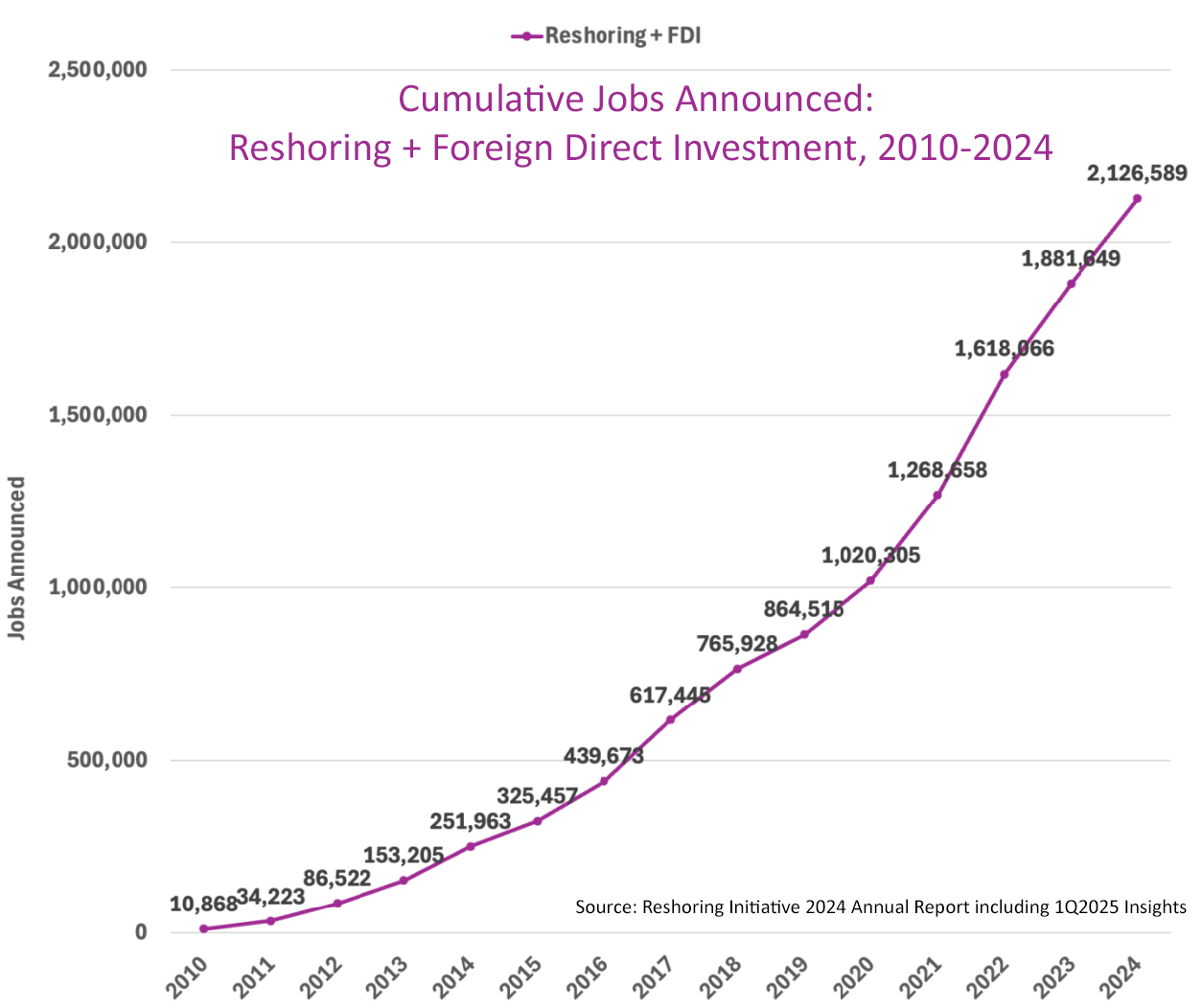
The reshoring trend is showing in the reshoring jobs growth (Source: Reshoring Initiative 2024 Annual Report Including 1Q2025 Insights)
Limitations and Vulnerabilities of the U.S. Transmission Grid
The limitations are known and were discussed in a previous blog post, if more detail is needed.
-
Antiquated U.S. Grid Infrastructure – Over 70% of U.S. transmission lines are aging, limiting capacity and reliability.
-
Static Line Ratings, Bottlenecks, and Congestion – Static, weather-based ratings underutilize lines and create congestion at critical spans.
-
Cost and Time of Traditional Upgrades – Transmission upgrades take years and cost $3–6.5 M per mile – the grid can’t wait.
Benefits of DLR for Nuclear Plants and the Grid
Maximized Transmission Capacity – Dynamic Line Rating (DLR) increases the ampacity of existing transmission lines, enabling nuclear plants and other generators to deliver more power through the current infrastructure. By responding to real-time line conditions, DLR helps alleviate congestion and bottlenecks, especially in areas where traditional lines are aging or under stress.
Optimized Energy Flow and Dispatch – DLR provides grid operators with real-time visibility into line performance. This allows for more accurate and efficient power dispatch. The improved situational awareness supports better integration of all energy sources, nuclear, solar, wind, and more, by dynamically adjusting transmission capacity based on actual conditions rather than conservative static ratings.
Cost-Effectiveness and Infrastructure Optimization – By extracting more value from existing transmission assets, DLR can significantly reduce or delay the need for new line construction. It helps utilities avoid the cost and complexity of significant upgrades while lowering operational expenses through improved monitoring and reduced reliance on manual inspections.
How Can PrismaCapacity Unlock Nuclear Energy With Continuous, Fiber-based DLR?
As dormant nuclear plants return to service and ramp up output, the limiting factor isn’t generation – it’s delivery. Many of these facilities are tied to legacy transmission infrastructure, never built for today’s loads. Upgrading those lines through traditional means is expensive, time-consuming, and often delayed by permitting and right-of-way hurdles.
This is where PrismaCapacity, Prisma Photonics DLR solution stands apart.
Unlike traditional DLR solutions that rely on line-mounted sensors or weather stations, PrismaCapacity uses the existing optical fiber running along transmission lines, already in place in most high-voltage corridors, as a high-resolution sensing medium.
This unique, physics-based approach provides continuous, real-time visibility across the entire length of the line, not just at a few sensor points. It requires no additional hardware installation on the line itself—ideal for aging infrastructure where safety, access, or clearance can be a concern.
PrismaCapacity delivers actual line behavior, detecting the ever shifting critical span, that one span which is less wind cooled than others. It focuses capacity decisions on the true limiting span – the segments that determine the safe operating envelope, maximizing throughput while staying within safety margins.
For recommissioned nuclear facilities, this means:
Faster time to value – transmit more power immediately without waiting on upgrades.
Safety-first dispatch – capacity decisions are based on real risk, not conservative assumptions.
Grid confidence – especially on aging lines, operators get full situational awareness without added risk or downtime.
As the U.S. grid prepares to carry more baseload nuclear power to new centers of demand: data centers, EV corridors, and resurgent manufacturing – PrismaCapacity enables that future with infrastructure that already exists. No new towers. No new permits. Just more capacity, continuously and safely.
Read more on PrismaCapacity – The continuous, saefty-driven DLR solution from Prisma Photonics



